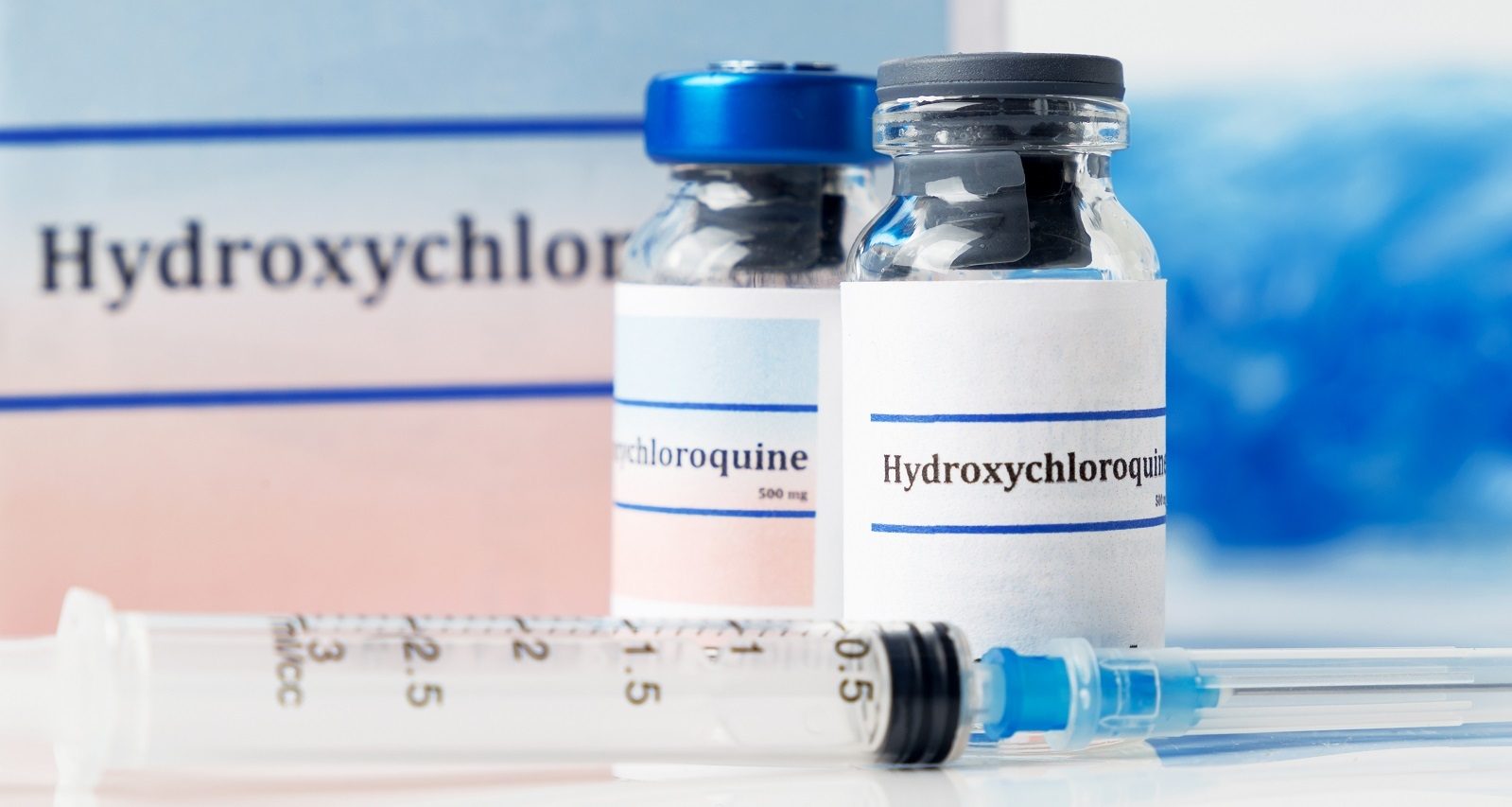
Hydroxychloroquine Prophylaxis Evaluation (HOPE)
Background:
Healthcare workers (HCWs) on the frontlines against COVID-19 face a high risk of infection, even with proper use of personal protective equipment (PPE). Hydroxychloroquine (HCQ) shows potential as a prophylactic measure against SARS-CoV-2 due to its ability to reduce virus binding, prevent cellular entry, and inhibit replication. HCQ has favorable pharmacokinetic characteristics, including high oral bioavailability and a large distribution volume.
Aim:
To determine if adding hydroxychloroquine (HCQ) to standard practice reduces the proportion of healthcare workers developing symptomatic and laboratory-confirmed COVID-19 infections compared to standard practice alone.
Design:
HOPE is a multicenter, open, phase III randomized controlled trial. It compares hydroxychloroquine prophylaxis plus standard practice to standard practice alone. The hypothesis is that a weekly dose of 400mg of oral HCQ for 12 weeks, in addition to standard practice (using PPE), is superior in reducing the risk of acquiring COVID-19 among frontline healthcare workers. The study involves 6,950 healthcare workers.
Methods:
Healthcare workers in direct contact with confirmed COVID-19 patients are enrolled. They are randomly assigned to either the HCQ and standard practice (intervention arm) or standard practice (control arm). Central randomization is used, with stratification within study sites. This unblinded study ensures both the research team and participants know the assigned treatment.
Current status:
The trial results were published in BMJ Open in June 2022. Link: Hydroxychloroquine plus personal protective equipment versus personal protective equipment alone for the prevention of laboratory-confirmed COVID-19 infections among healthcare workers: a multicentre, parallel-group randomised controlled trial from India | BMJ Open
Challenges in operationalizing clinical trials with the HOPE trial as an example in India during the COVID-19 pandemic were published in The Lancet in 2021. Link: https://www.thelancet.com/journals/langlo/article/PIIS2214-109X(21)00546-5/fulltext











